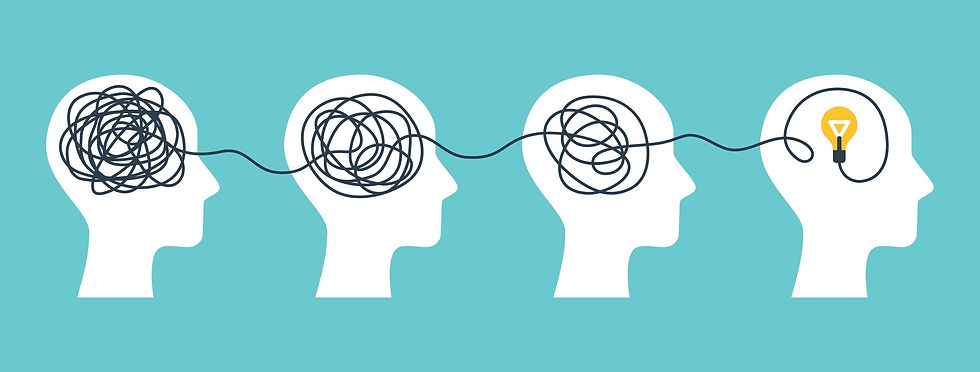How to Help your Child with Heightened Emotions
- rpaulsen76
- Jun 24, 2024
- 2 min read
Intense emotions during childhood are a common experience due to a variety of factors related to developmental, psychological, and environmental influences. Here are some reasons why emotions can feel particularly strong during childhood:
1. Brain Development
Immature Prefrontal Cortex: The prefrontal cortex, which helps regulate emotions and impulses, is not fully developed in children. This makes it harder for them to manage and control their emotions.
Active Limbic System: The limbic system, responsible for emotional responses, is highly active in children, leading to more intense emotional experiences.
2. Lack of Emotional Regulation Skills
Developing Coping Mechanisms: Children are still learning how to cope with and express their emotions appropriately. They often lack the strategies that adults use to manage intense feelings.
Limited Experience: With fewer life experiences, children haven't had as many opportunities to learn how to navigate complex emotions.
3. High Sensitivity to Environment
New Experiences: Many experiences are novel for children, making them more emotionally reactive to situations that might seem mundane to adults.
Influence of Immediate Environment: Children are highly sensitive to their surroundings, including family dynamics, school environment, and peer relationships, all of which can trigger strong emotional responses.
4. Cognitive Development
Egocentrism: In early childhood, children tend to be egocentric, meaning they see the world from their own perspective. This can make their emotional responses feel all-encompassing and intense.
Concrete Thinking: Young children think more concretely and have difficulty understanding abstract concepts, which can amplify their emotional reactions to situations they don't fully understand.
5. Hormonal Changes
Puberty: As children approach adolescence, hormonal changes can intensify emotions and contribute to mood swings.
6. Social and Peer Interactions
Social Learning: Children are learning social norms and cues, which can lead to confusion and strong emotional responses when they misinterpret or struggle with social interactions.
Peer Relationships: Friendships and interactions with peers are crucial during childhood and can significantly impact emotions, leading to feelings of joy, anger, sadness, or anxiety.
7. Limited Perspective
Black-and-White Thinking: Children often see things in black-and-white terms, which can lead to extreme emotional responses when things don't go as expected.
Immediate Gratification: Children often seek immediate gratification and may have intense reactions when they don't get what they want right away.
8. Family Dynamics
Parental Influence: The emotional climate of the family and parental responses to emotions play a significant role. Children often mirror the emotional regulation (or lack thereof) they see in their caregivers.
Sibling Interactions: Relationships with siblings can also provoke strong emotions, both positive and negative.
How to Help Children Manage Intense Emotions
Model Healthy Emotional Expression: Show children how to express and manage emotions in a healthy way.
Teach Emotional Vocabulary: Help children label and understand their emotions.
Create a Safe Environment: Ensure that children feel safe to express their emotions without judgment.
Practice Patience and Empathy: Be patient and empathetic when children are experiencing strong emotions.
Encourage Problem-Solving Skills: Teach children to think through their problems and find solutions.
Consistency and Routine: Provide a consistent and predictable environment, which can help children feel more secure and less emotionally reactive.
Understanding that intense emotions are a normal part of childhood development can help parents, caregivers, and educators provide the support and guidance children need to navigate their emotional landscape.




Comments